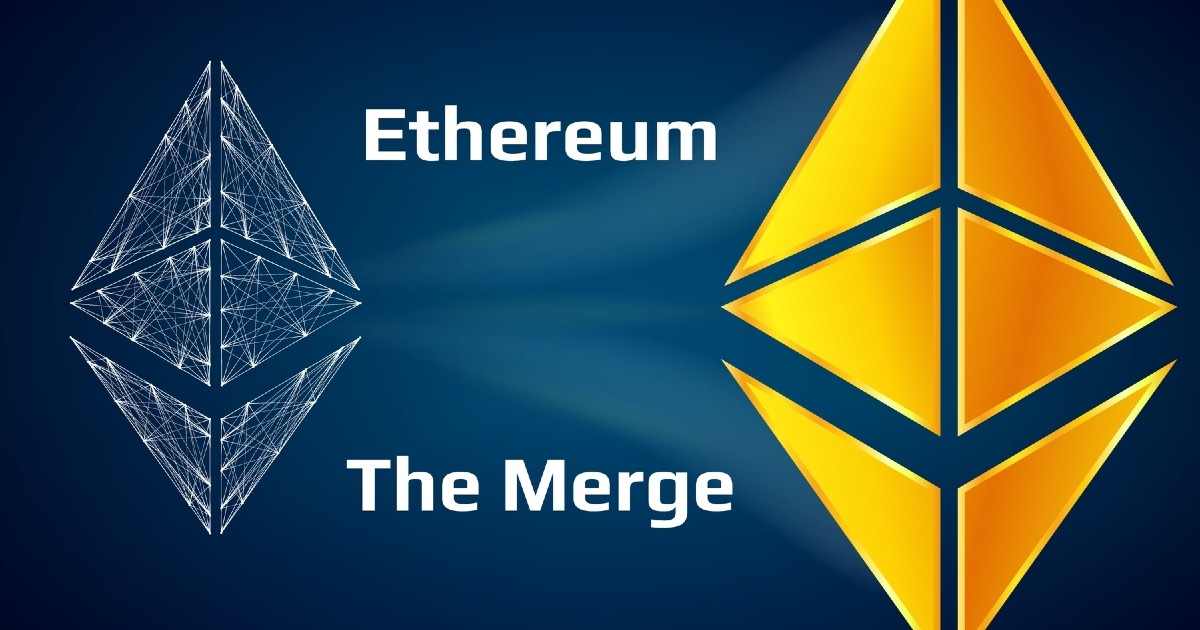
Ethereum, the blockchain that transitioned to a Proof-of-Stake model, is far from done with its upgrades, according to a report by Binance Research dated September 4, 2023. The report highlights Ethereum’s focus on scalability and decentralization, with Layer-2 solutions and Danksharding being key components.
The transition to Proof-of-Stake is merely a “significant milestone,” the report states. Layer-2 solutions are gaining traction as evidenced by a “257.7% YTD” increase in mainnet data publishing fees in 2023. These solutions are seen as the most efficient route to scalability.
Danksharding, a new concept introduced in the report, aims to make Ethereum a scalable and unified platform for settlement and data availability. Proto-Danksharding (EIP-4844) serves as its precursor, introducing “blob-carrying transactions.”
Blobs, another concept highlighted, operate on a multi-dimensional EIP-1559 fee market. They offer a more cost-effective solution for Layer-2s compared to the current calldata space. Key components like Data Availability Sampling and KZG Commitments are part of the path to Danksharding, aiming for “centralized block production with decentralized trustless block validation.”
On the state management front, Verkle Trees are identified as critical for Ethereum’s move towards statelessness. They enable nodes to validate blocks without storing the entire state database. High disk space requirements, a barrier to universal node access, are being addressed through history expiry (EIP-4444).
Other notable upgrades include Single Slot Finality, Distributed Validator Technology, and Secret Leader Election, which aim to refine Ethereum’s architecture further.
The Binance Research report provides a comprehensive look into Ethereum’s future, emphasizing its ongoing efforts to balance scalability with decentralized validation. With various upgrades in the pipeline, Ethereum aims to solidify its position as a robust blockchain platform.
Image source: Shutterstock


